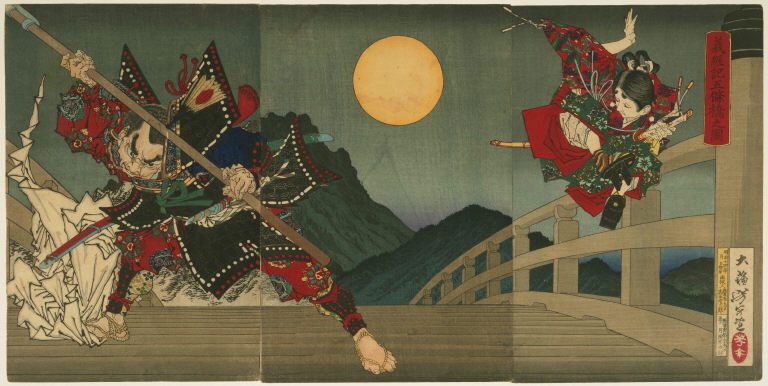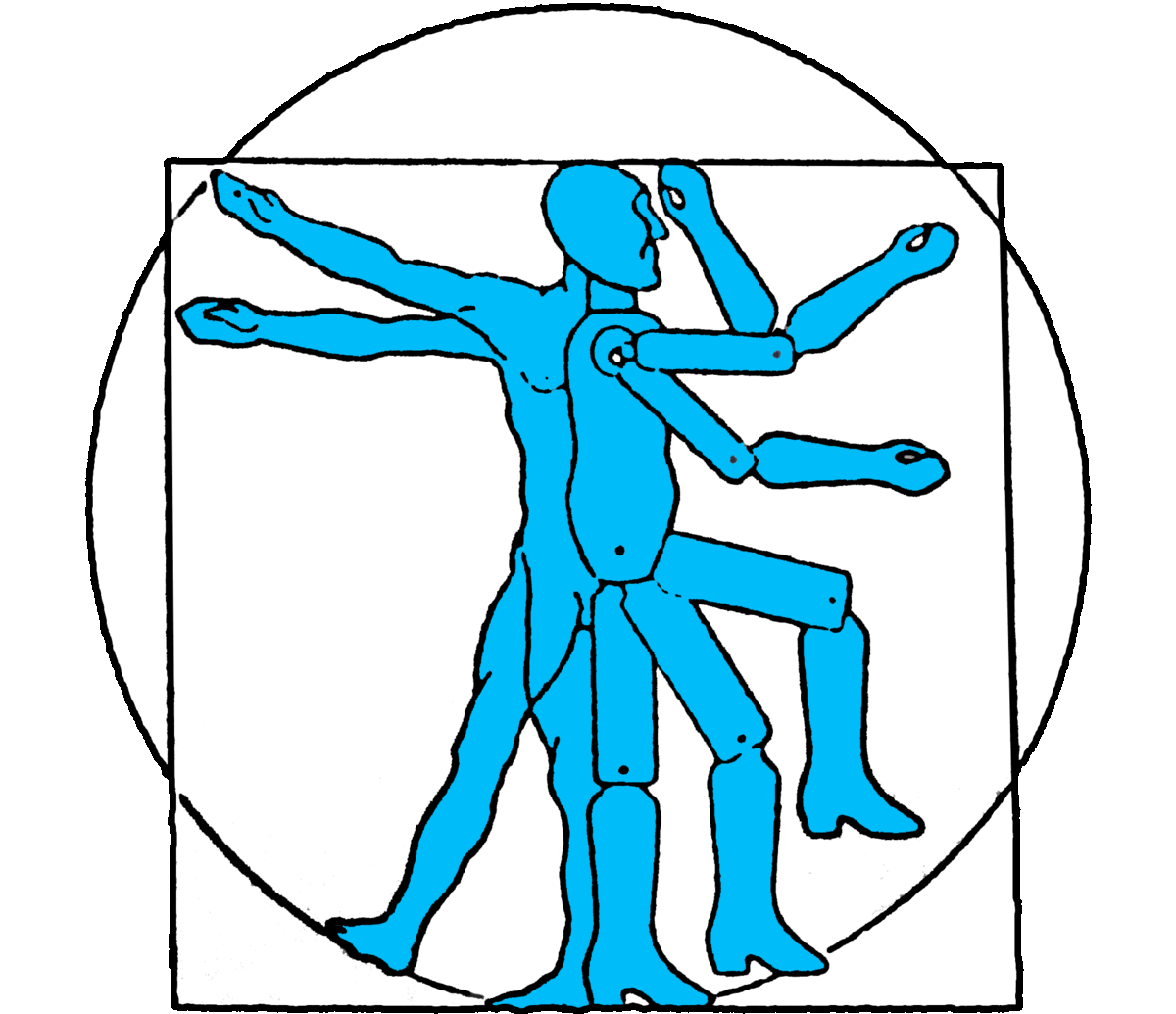So Many Benkei
I found this little guy about one week ago while exploring a once-a-month flea market that sets up around Toji Temple in southern Kyoto. Among a sea of Japanese snacks, kitschy tourist souvenirs, old cameras, and fabrics stood a pleasant old man selling his own puppets. Speaking technically for just a moment, this dude is defined as a rod puppet due to the thick stick that shoots from his trunk down to where you hold him below. “Rod" is a bit of a misnomer here, though, because his rod is actually a piece of bamboo that’s had a portion split in half so that a marionette-like string system could be run through the rod at the bottom. Ingenious construction!
I’ll admit, I might have wound up paying the Gaijin price for this puppet since I made no attempt to hide how excited I was to discover him. I was just so taken by its charming simplicity, not to mention impressed by the attention to little details. For example, the string that attaches his left arm is slightly longer than the one that attaches the right so that the poses his arms make when the strings reach either extreme vary and appear similar to actual Naginata stances, as evident in the woodblock print below—

My puppet and the the Naginata wielding gentleman you see above are in fact one and the same. This woodblock print depicts the famous showdown on Gojo bridge in Kyoto between warrior-monk Benkei (left side) and the young general Yoshitsune (right side). As the story goes, Benkei had positioned himself on this bridge with the expressed intent of defeating 1000 consecutive warriors. After 999 victories, Benkei faced Yoshitsune who, despite his much smaller size, manages to overcome the warrior-monk. Accepting his loss, Benkei swears loyalty to Yoshitsune, becoming his companion and sworn protector.
The stories of Yoshitsune and Benkei— particularly those from Yoshitsune Senbon Zakura (Yoshitsune and the Thousand Cherry Trees)— are especially dear to me because they served as one of my first entries into the world of Japanese theatre and the relationship between puppets and people in performance.
Senbon Zakura was a play originally written for the Bunraku puppet theatre but soon adapted for the Kabuki stage. This was not at all uncommon at the time; for an extended period the Bunraku puppet theatre, a form of puppetry so complex that it requires three manipulators per doll, was arguably the most popular form of theatre in Japan. In a bid to hold onto its audiences, Kabuki actors began to perform the plays first written for puppets. These Kabuki actors would often deviate from the written story, however, embellishing particular scenes and ad-libbing references to contemporary culture. Some of these Kabuki versions became so famous in their own right that Bunraku puppet companies began to perform the Kabuki versions of the original puppet plays. So began an ongoing feedback loop that, while not so active these days, has strongly shaped both forms of theatre today.
Below, you will see an interpretation of Benkei in both Bunraku puppet and Kabuki actor style from another story of Yoshitsune and Benkei, called Kanjincho—

Lot’s more to write about all of this, but I’m going to stop here for now. Thankfully, I’ve only just began my time here in Japan. I felt I had to start here, though, out of loyalty— after all, you could say that Benkei was responsible for the very first ideas behind my Watson.
